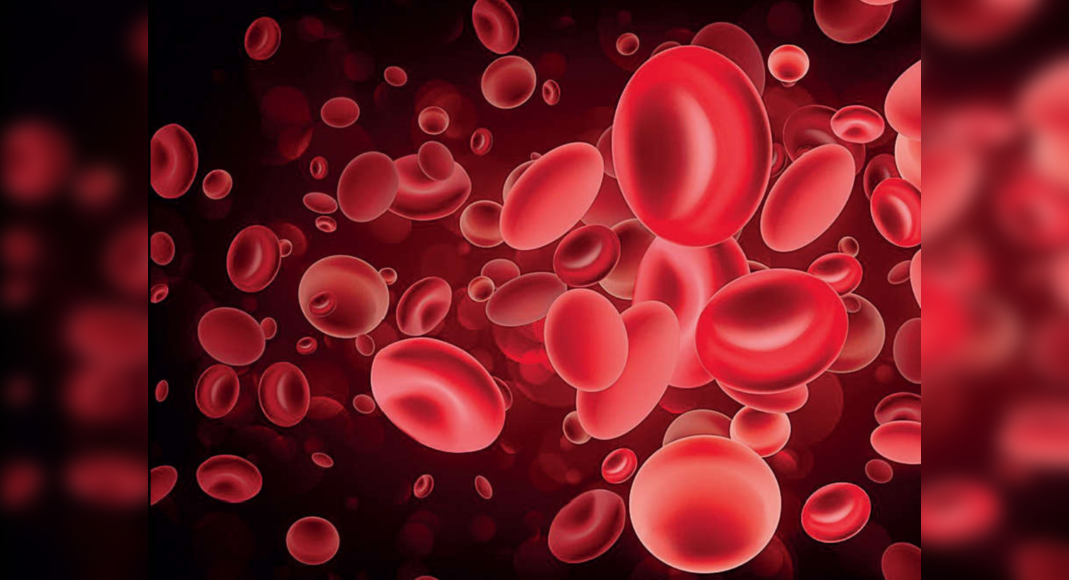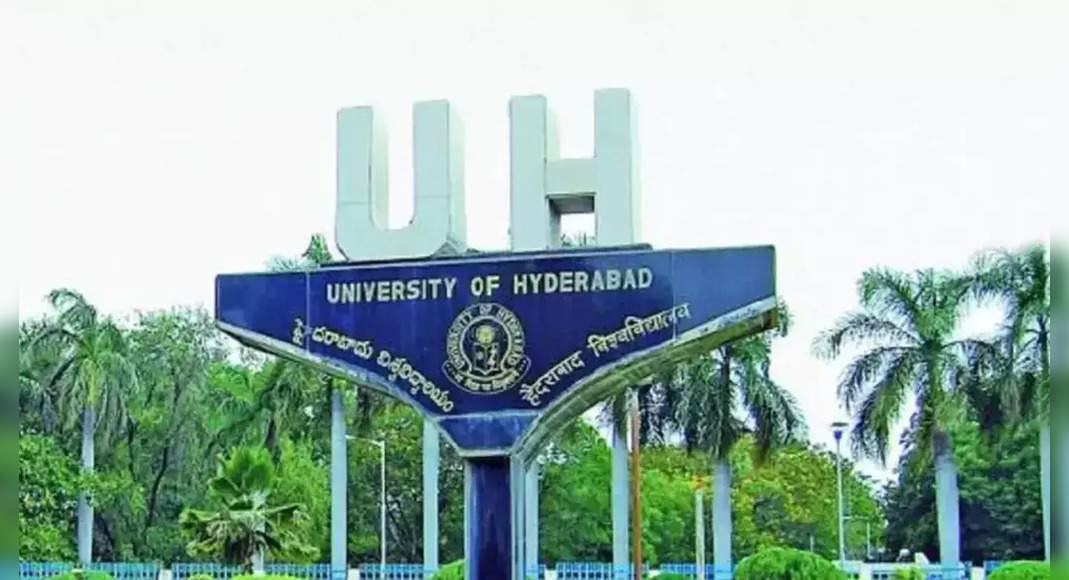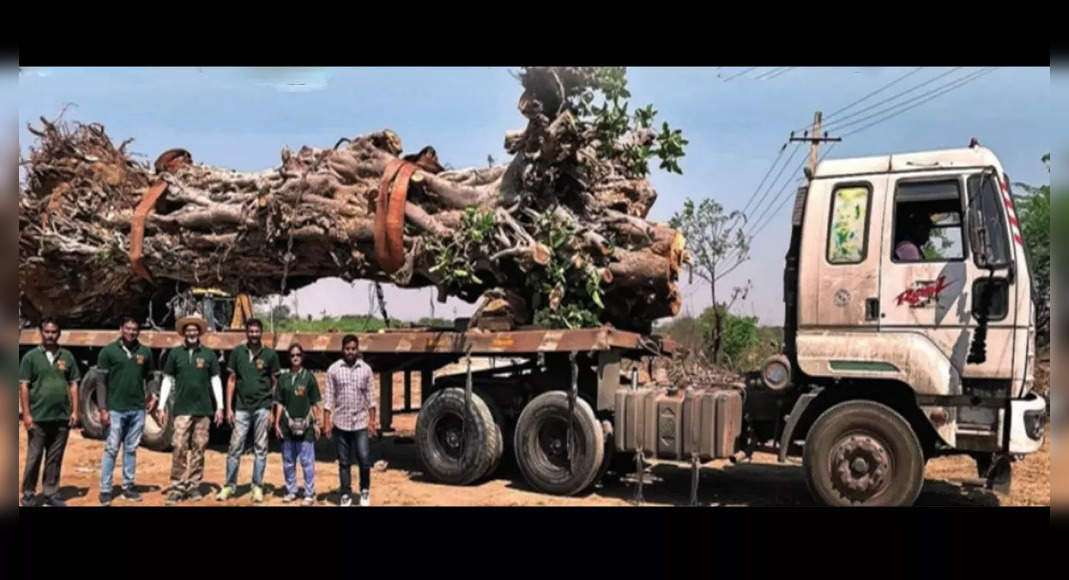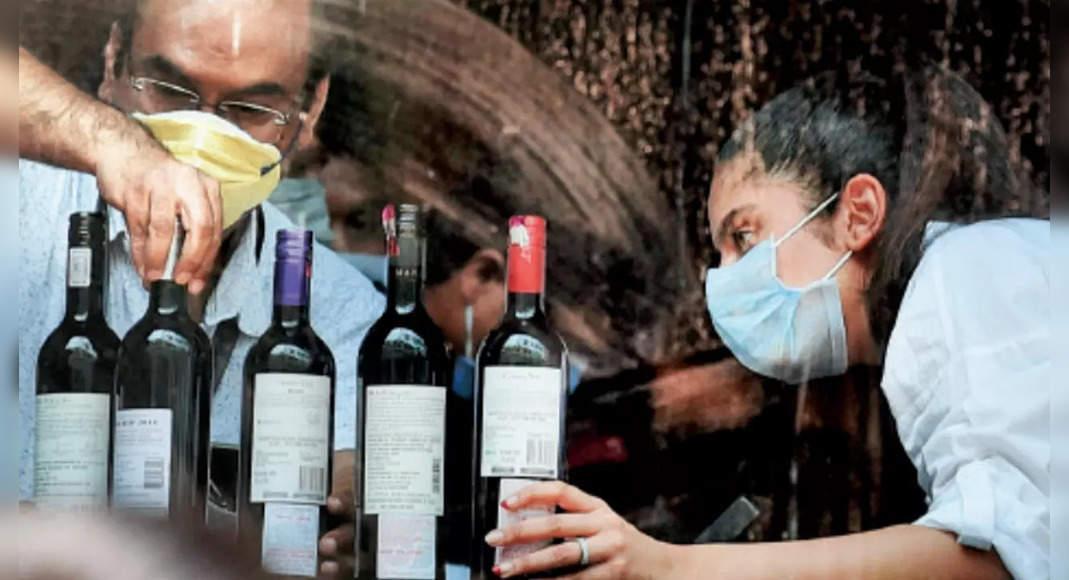HYDERABAD: Almost one-third of preschool children and adolescent girls in India are deficient in iron, reveals a research study by the city-based National Institute of Nutrition (NIN).
But only 11 to 15 per cent of children in the five to nine years group have iron deficiency compared to iron deficiency in 30 to 32 per cent of preschool children and adolescent girls, researchers said.
The pan-India study by the premier nutrition agency in the country revealed that though many children had good intake of diet rich in iron, the synthesis of haemoglobin is poor in the body, resulting in iron deficiency.
Although anaemia prevalence was higher in the rural and poorer children and adolescents, their iron status was better.
This is not the case with children in cities and towns.
The NIN team attributed this to the possible inefficient utilization of stored iron for haemoglobin synthesis in the poorer children and adolescents.
Dr Bharati Kulkarni, senior scientist, who led the research, said: “Diet quality is important for efficient haemoglobin synthesis, as iron is not the only nutrient required.
Many other nutrients are also essential.” “Underutilization of iron for haemoglobin synthesis in poorer communities could be linked with overall low diet quality, particularly low intake of meat and fruits.
Moreover, highly prevalent infections due to unhygienic environment also reduce iron absorption and haemoglobin synthesis,” study published in the latest issue of the Journal of Nutrition said.
NIN director Dr Hemalatha R said population-level surveys usually measure only haemoglobin in the blood which is often used as a proxy to estimate the iron deficiency in the population.
“When anaemia prevalence increases in subsequent surveys, usually, iron supplementation interventions through supplemental iron tablets or iron fortification of foods is intensified.
But are these solutions that focus merely on increasing intake of iron enough to reduce anaemia prevalence in India? It does not seem so as per this recent study”, she said.
Stating that though anaemia prevalence was higher in the rural and poorer children and adolescents, counter-intuitively, iron deficiency was less common among these people.
Similarly, although anaemia as measured by haemoglobin status was lower among their urban counterparts, iron deficiency was seen more in them.
“This finding provides new insights into the public health problem of anaemia which according to some nation-wide surveys affects almost 40-50% women and children in India and may prompt a relook at the current approaches to the problem.
There are several issues like quality of diet, infections and socio-economic factors that may need to be addressed to tackle the problem,” the researchers said.







